- Gadgets
- A
Five Curious E-Ink Devices — from Laptops to Wall Screens
Hello, tekkix residents! This is Viktor Sergeev from the MTS Digital special projects team. I brought you a note about your boy's selection of interesting new E-Ink products. This technology is used not only in e-readers, as we are all used to, but also in a variety of devices — from hybrid tablets with a battery life of about a month to wall displays that can turn your apartment into an art gallery. So, let's go!
Onyx Boox Note Max
An ultra-thin hybrid tablet with a 13.3-inch E-Ink screen, developed by Onyx. It was announced in December 2024, and is now already on sale (details below).
The device is designed for reading, note-taking, including black-and-white graphics, and working with documents. You can't watch movies on it, and editing photos and videos won't work either — it's E-Ink, so what movies and pictures! You also can't really play games on it, plus there may be issues displaying dynamic web pages where a quick screen response is needed.
So this is a device for connoisseurs who value long battery life and the absence of distractions like YouTube.
Technical specifications:
Screen: 13.3-inch E-Ink Carta 1300 with a resolution of 3200×2400 pixels (300 ppi).
Processor: octa-core with a clock speed of 2.8
The Onyx Boox Note Max is equipped with a 13.3-inch E-Ink Carta 1300 screen. It is really good, providing clear and contrasting images. The large display allows for comfortable work with A4 format documents. The tablet is excellent for reading any literature.
The highlight is the support for a stylus with 4,096 levels of pressure sensitivity. The device runs on Android 13, so you can install additional apps from the Google Play Store.
It requires very little charging. For instance, its "relative" with a 4100 mAh battery has a claimed battery life of a month. Our hero has a slightly weaker battery, 3700 mAh, but this is clearly enough for a couple of weeks.
The Onyx Boox Note Max is sold for $649.99 in the USA and €699.99 in Europe.
Asus NUC 14 Pro AI+ — a mini-PC with a color E-Ink display
This is a compact desktop computer. Its dimensions are only 130×130×34 mm. The device is equipped with an Intel Lunar Lake processor with Intel Arc graphics and an Intel AI Boost neural module. So we have another 48 TOPS for AI. The PC supports up to 32 GB of LPDDR5x RAM. You can install an SSD of up to 4 TB. The base version of the device (without a screen) is already on sale starting at $850.
What distinguishes the Asus NUC 14 Pro AI+ from its "peers" is the transparent case and an additional E-Ink display on the top panel. It supports displaying static images without consuming power. So you can set logos or pictures, and they will be shown even when the device is turned off.
Asus also offers an AI image generation app so users can create unique personalized designs. Additionally, there is LED backlighting around the edges of the top panel (which only works when the device is on) and a fingerprint scanner.
Processor: up to Intel Core Ultra 9 288V Lunar Lake. Core Ultra 5 and Core Ultra 7 are available.
Graphics: Intel Arc.
RAM: up to 32 GB LPDDR5x-8533.
Storage: up to 4 TB M.2 2280 PCIe Gen 4×4 NVMe SSD.
Network interfaces: 2.5 GbE Ethernet with Intel I226-V controller, support for WiFi 7 and Bluetooth 5.4.
Ports: Thunderbolt 4, USB 3.2 Gen 2 and Gen 1 Type-A, HDMI 2.1, 3.5 mm audio jack.
Power: 120 W adapter.
The price is currently unknown, but the model is expected to be released for sale soon.
Bigme HiBreak Pro
Here we have a unique hybrid of a smartphone and an e-reader with a 6.13-inch black-and-white E-Ink display — 824×1648 pixels, 300 ppi. The device runs on Android 14 and supports 4G and 5G networks. This is an upgraded version of the original Bigme HiBreak, but with a more powerful processor, increased memory, improved camera, and a larger battery.
Specifications:
Display: 6.13-inch E-Ink — 824×1648 pixels, 300 ppi. Adjustable color temperature of the backlight — warm and cool light.
Processor: MediaTek Dimensity 1080 (2 x Cortex-A78 @ 2.6 GHz, 6 x Cortex-A55 @ 2 GHz), graphics Mali-G68 MC4.
RAM: 8 GB.
Built-in memory: 256 GB.
Operating system: Android 14.
Cameras: main camera — 20 MP, front camera — 5 MP.
Wireless interfaces: dual-band WiFi, Bluetooth 5.2, 4G/5G, NFC, IR port for device control.
Battery: 4,500 mAh with fast charging support (18 W, USB Type-C).
Biometrics: fingerprint scanner.
The highlight is the E-Ink display. Its feature is the SSS-level super refresh mode. It provides fast screen updates, smooth scrolling, and minimizes artifacts typical of E-Ink displays. The rear camera can be used as a document scanner with optical character recognition (OCR) functionality. The device also supports text-to-speech conversion, allowing you to listen to e-books. HiBreak Pro comes with Google Play Store, so your favorite apps are always with you.
The phone-reader will be available in stores at a price of 439 $, currently not on sale.
InkPoster
We have a whole range of wall-mounted color displays based on E-Ink, developed by the Swiss company PocketBook. It is known for its e-readers, but now the company has decided to surprise users.
The screens display clear and bright static images with rich colors. Therefore, the main purpose of the novelty is to showcase paintings or photographs. If desired, a periodic change of images can be set to avoid boredom. There are different sizes: 13.3, 28.5, and 31.5 inches. InkPoster was announced as part of a preliminary launch at CES 2025.
Technical specifications:
Display technologies: E-Ink Spectra 6 and Sharp IGZO.
Color support: up to 60,000 shades.
Resolution and pixel density:
13.3 inches: 1200×1600 pixels, 150 ppi, aspect ratio 3:4;
28.5 inches: 2160×3060 pixels, 132 ppi, aspect ratio 1:1.41;
31.5 inches: 2560×1440 pixels, 94 ppi, aspect ratio 16:9.
Wireless interfaces: WiFi 6 and Bluetooth 5.2 LE.
Battery:
13.3 inches: 14,000 mAh;
28.5 and 31.5 inches: 20,000 mAh.
Ports and connectors: USB-C.
InkPoster utilizes two technologies — E-Ink Spectra 6 and Sharp IGZO. This is done to ensure the same pixel density for color and black-and-white content. The displays support up to 60,000 colors. There is a nuance: the screen refresh rate is a full 12 seconds, so video is out of the question. Also, InkPoster does not have a backlight. However, images are displayed without consuming energy. Batteries need to be charged approximately once a year.
The 13.3-inch panel will cost 599 $, the 28.5-inch one — 2,399 $, and the 31.5-inch device — 1,600 $. There is no typo; the largest one is cheaper than the average-sized option.
E-Ink PDA
Homemade personal digital assistant (PDA), developed by an enthusiast under the pseudonym Ashtf. The device is designed for simple tasks such as note-taking, file management, and launching basic applications. This DIY project is equipped with an E-Ink screen, a keyboard for text input, and a compact transparent case.
This is a modern interpretation of classic PDAs, running on the ESP32-S3 microprocessor. All source codes and schematics are available in the EinkPDA repository on GitHub.
Technical specifications:
Processor: ESP32-S3 with two 32-bit Xtensa LX7 cores. Frequency up to 240 MHz.
Memory: support for built-in memory and external modules via ESP32.
Displays:
main low-power E Ink display with high contrast;
small OLED screen for text display while typing.
Keyboard: compact silicone, with low noise and tactile feedback.
Wireless interfaces: WiFi 4, Bluetooth 4.2 LE.
Power: replaceable battery with USB-C charging.
The device is interesting for its unusual approach to text input: while typing, letters first appear on the small OLED screen, and then, when you press the spacebar, they transfer to the large E-Ink display. The case is transparent, so all the internals are visible. Perfect for geeks.
The screen and processor are very energy-efficient, so the battery lasts a long time (the developer did not provide details here). The software is still basic — there is a text editor, file manager, and a simple screen for launching applications. The author plans to add a calendar, tasks, and the ability to transfer files to a computer. The project is fully open: the code in C++, schematics, and instructions are publicly available, so you can assemble and configure the device yourself. It cannot be purchased; the author does not sell the model.
That's all for now. Let us know in the comments which device from the selection you liked the most and why.

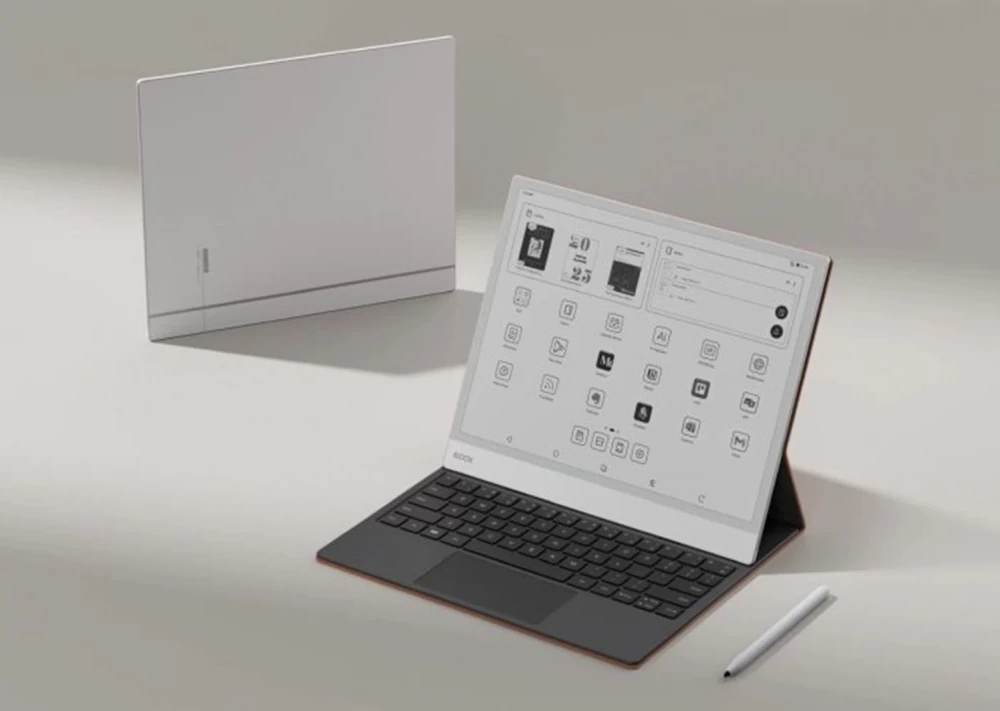
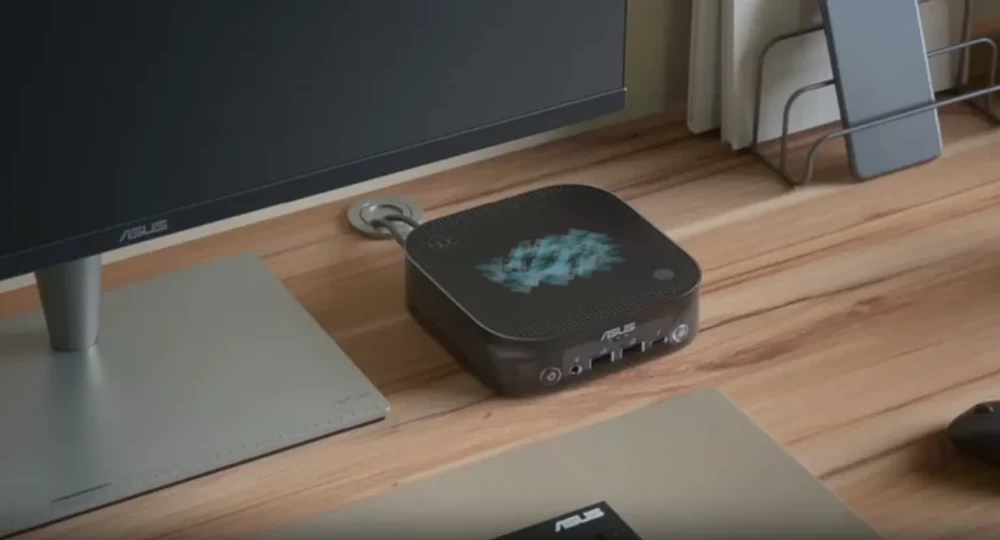
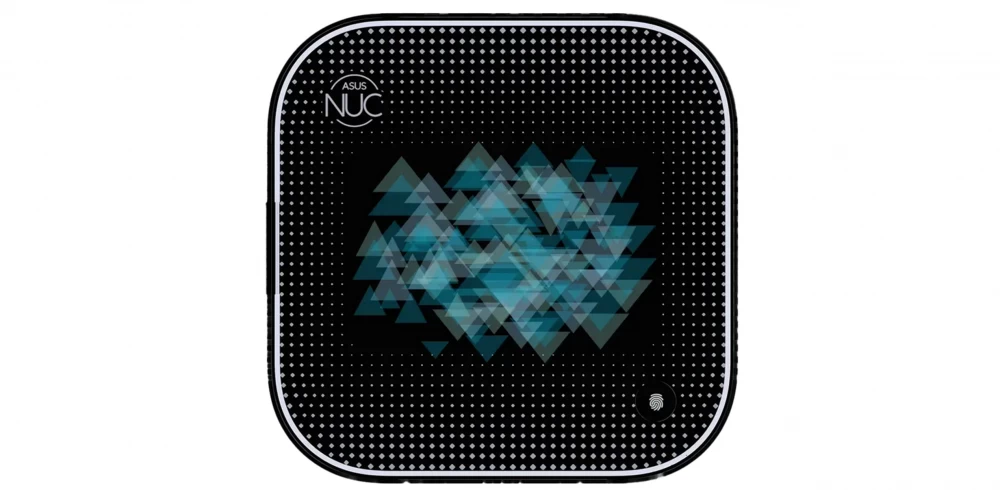
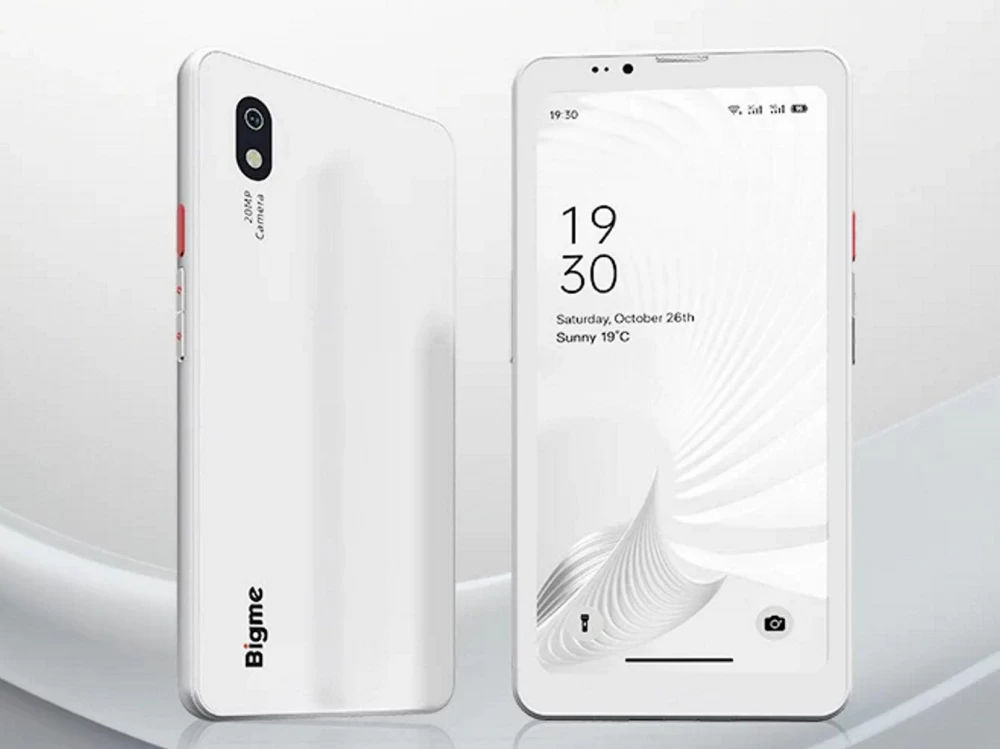

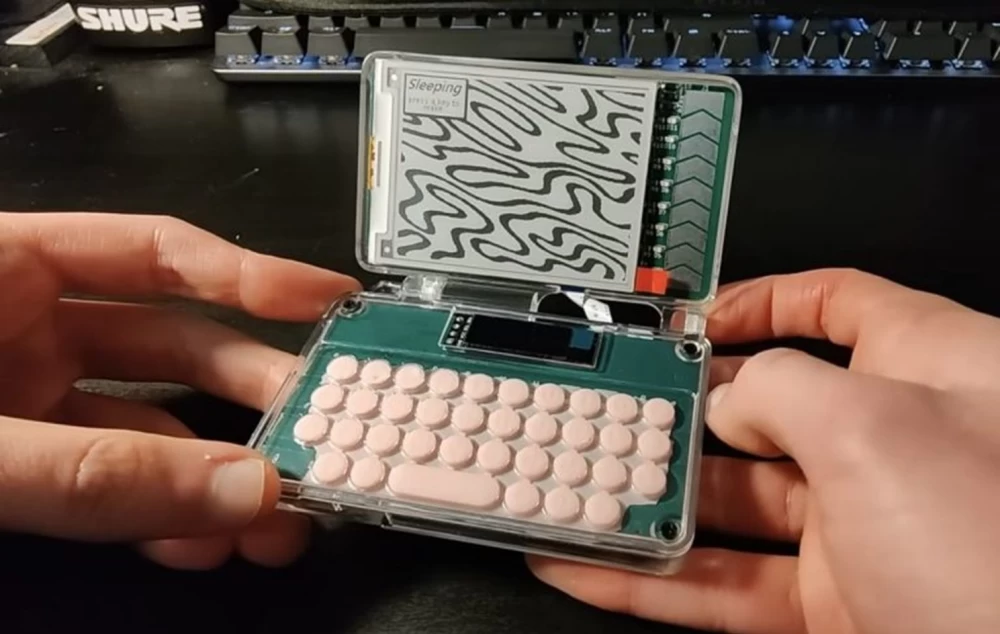
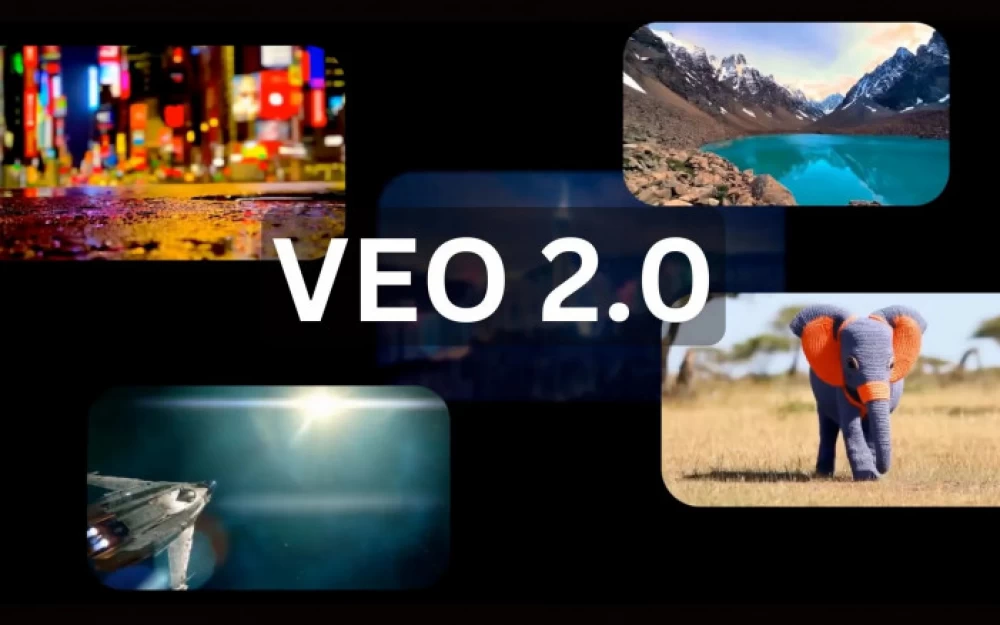


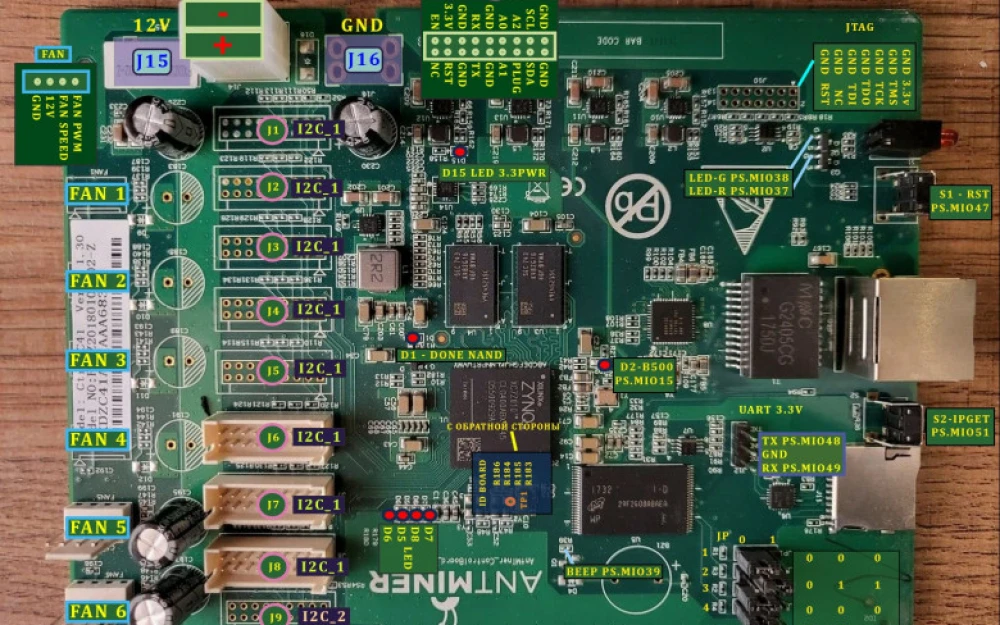
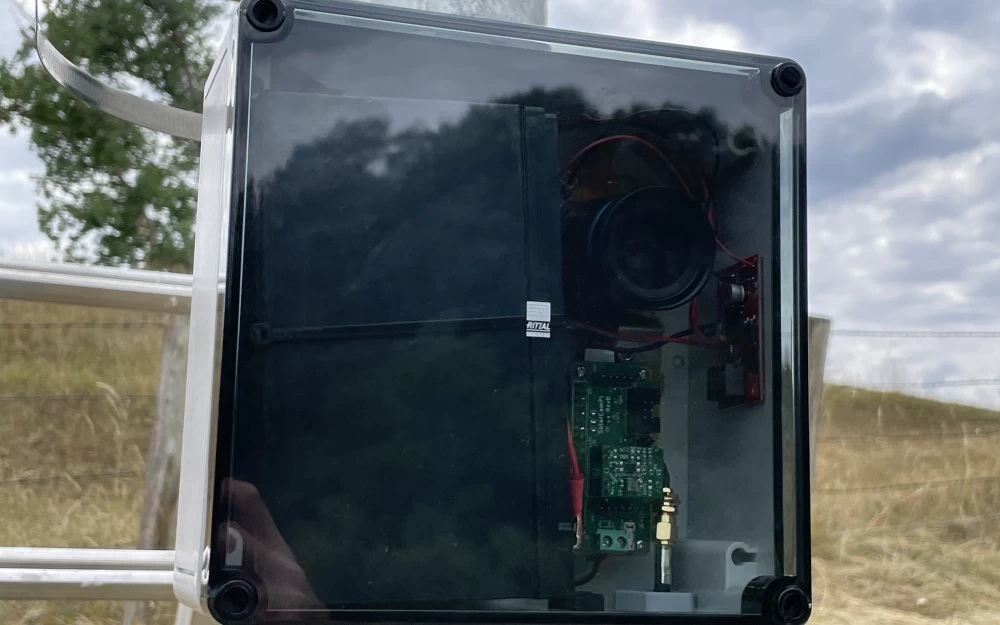
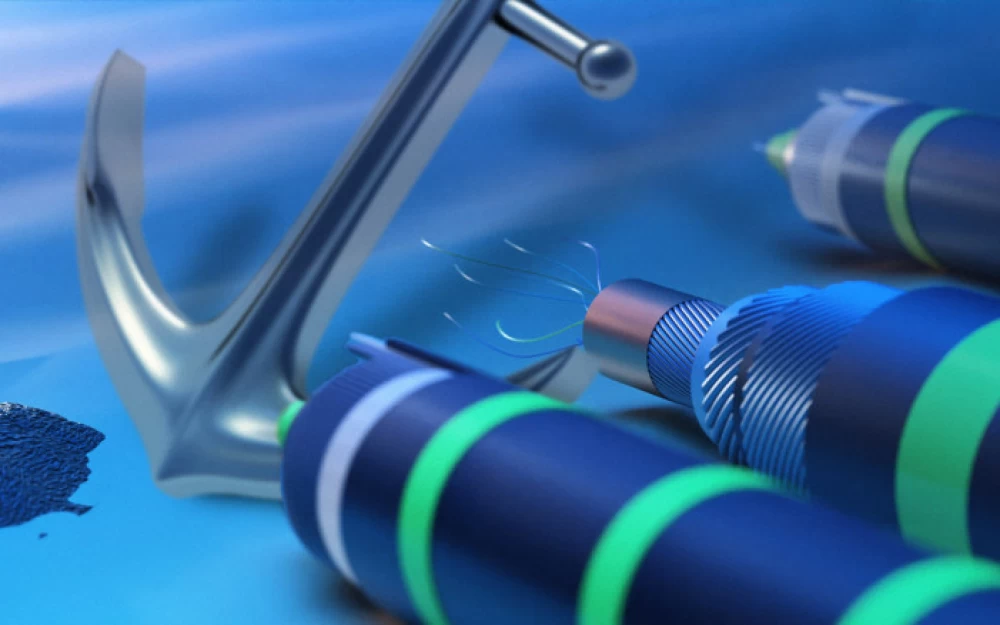
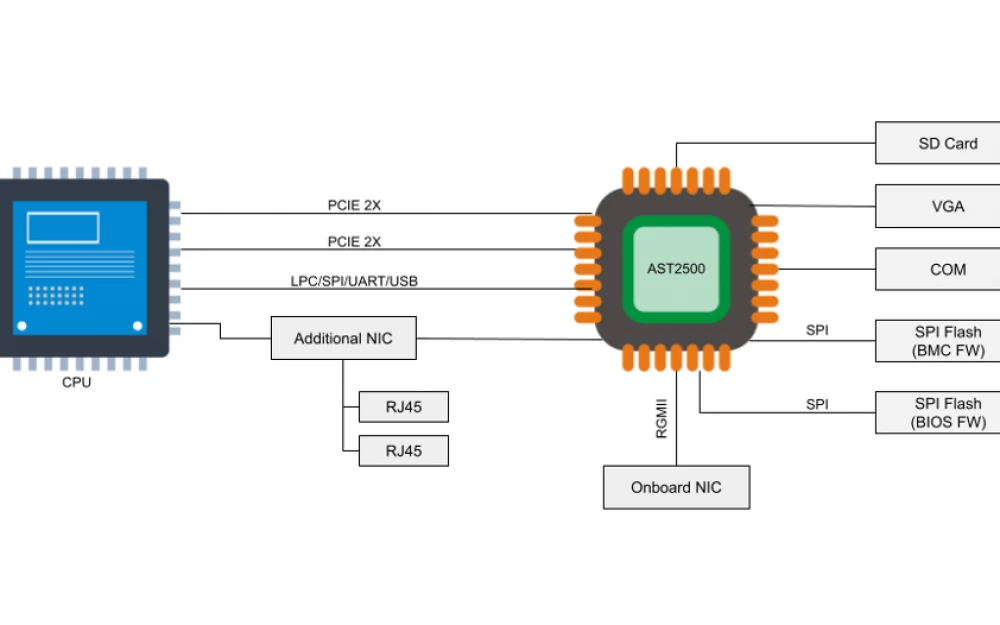

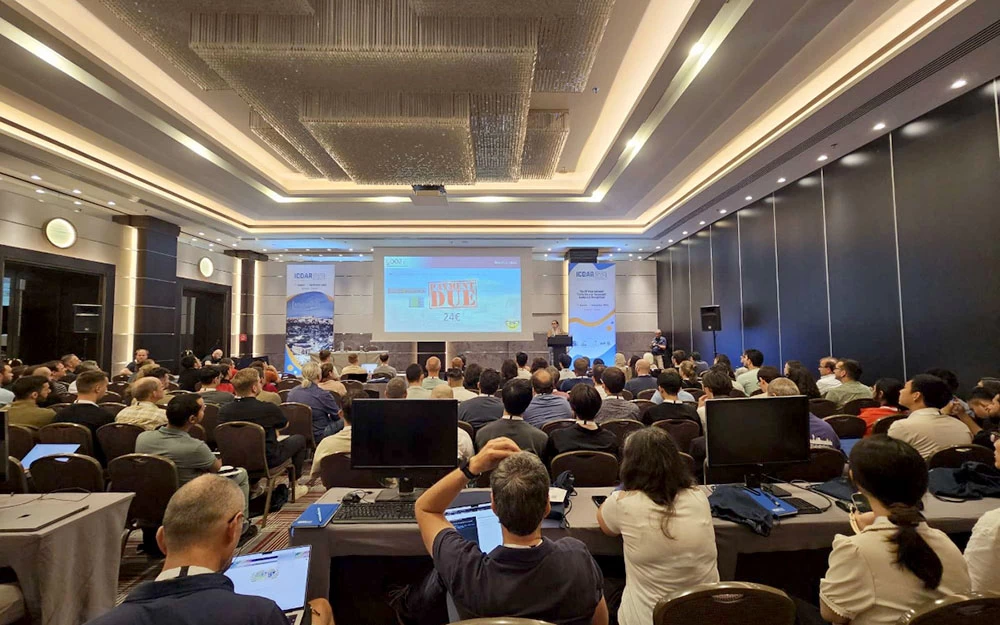
Write comment